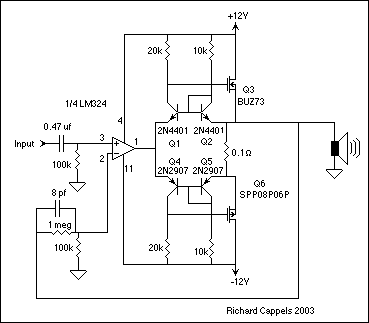McAfee Total Protection 2012 – Ultimate, the most effective protection against virus, online and network threats. McAfee Total Protection provides you with our full suite of products, giving you the best defense against viruses, spyware, and other threats. The McAfee Total Protection package was designed to provide comprehensive, proactive 12-in-1 security that guards what you value and with McAfee SiteAdvisor Plus, actively shields your PC from interaction with dangerous Web sites. Continuously and automatically updating, McAfee service helps prevent online hacker attacks with the latest protection. Also, it features a back-up and restore capability for computer crashes and environmental mishaps. McAfee Total Protection includes multi-user Parental Controls, protection from identity theft, spam, and scams. With McAfee’s security service you always have the latest enhancements and threat updates that block viruses and spyware. Also, it includes a firewall to detect hacking.
With thousands of new viruses created every day, relying on traditional security updates isn’t enough anymore. Unlike the competition, exclusive McAfee Active Protection™ technology instantly analyzes and blocks new and emerging threats in milliseconds so there’s virtually no gap in your protection.
The Home Screen gives you all the information you need at a glance. And you’re never more than one click away from it, which eliminates popup windows and makes for easy navigation. Simplified alerts and scan results make it easier than ever to protect your PC.
Features and Benefits:
• Complete Anti-virus, Anti-spyware, and Anti-malware. Relentless security software scans and blocks dangerous emails, risky web content, and online threats like viruses, Trojans, spyware, and rootkits.
• Real-time Safeguards. Cybercriminals are masters of disguise. McAfee Active ProtectionT immediately looks at suspicious material and determines its risk to help keep your computer secure.
• Two-way Firewall. Extra layers of Internet security software block bad guys breaking in or sneaking out with your personal information. This traffic cop patrols nonstop to prevent malicious software from gaining access to your PC.
• Safe Searching and Shopping. Color-coded icons next to your search results let you know before you click which sites are safe and which may install malicious code, phish for your identity, or send you spam.
• Fast Start-Up and Scan Times. We invest in performance to help you enjoy your digital life to the limit-surfing, shopping, and socializing with minimal interruptions.
• Digital Data Shredder. Permanently destroy sensitive files to be sure they cannot be retrieved by other users when you donate, recycle, lend or upgrade your PC.
• PC Tune-up. Unused applications, cached browser files, and other junk slow down your PC. McAfee QuickCleanT software removes the clutter so your computer can keep up with your digital life.
• NEW! Exclusive Anti-bot Protection. McAfee now blocks stealthy botnet software by denying its attempts to connect your PC to web addresses that belong to crooks. This extra defense helps prevent your computer from sending out your personal information to Internet crime networks.
• NEW! USB and Removable Drive Scan. Portable storage devices can be infected in their travels, spreading malicious code from system to system. McAfee scans and blocks this portable payload of viruses, Trojans, and worms before it can wriggle into your PC and your network.
• NEW! Pre-install Scan. Many people get McAfee protection because they are already infected. To help you salvage your system, McAfee works to remove infections as our software installs.
• Anti-Spam. The majority of emails are spam, and much of that spam is dangerous, offensive, or both. McAfee spam filters constantly protect you from exposure to this shady side of the Internet.
• Parental Controls. Free your kids to learn and explore online. McAfee lets parents use age-based rules and adjustable categories to block inappropriate sites and limit online time.
• NEW! Surfing Report. When you need to know what is happening online, this report shows login times, attempts to access forbidden sites, and total online time. You can also see who is online when.
• 2GB Online Backup. Some memories can’t be replaced-unless you have them backed up online. Save your most important photos, music, as well as personal and financial files automatically to a password-protected, encrypted safe deposit box in the cloud. You can recover them whenever you need them.
• Wireless Network Protection. Wireless access allows online convenience, but don’t let it go too far. McAfee Home Network Defense can block data thieves from seeing passwords and personal files on your PC when you share a wireless network.
• Anti-phishing Software. Advanced McAfee SiteAdvisor® LIVE software checks and alerts you to risky websites you receive in social media, email, and instant messages and blocks online phishing, when a scammer attempts to steal your personal or confidential information.
• NEW! Safe URL Sharing. Now you can safely and easily share interesting and entertaining content with your social networks, providing web links that your friends can click with confidence. If your link becomes risky before they click, your friends will be warned and protected.
• NEW! URL Shortener. Make your updates and tweets short, sweet, and safe with our new integrated URL shortening service. You can embed brief, trustworthy URLs that spread the news without spam or malware.
Homepage – http://us.mcafee.com
Size: 2.99 MB
Download Online Installer
Buy Now McAfee Antivirus Plus 2012 with built-in subscription for 6 months (from promotional page)



























